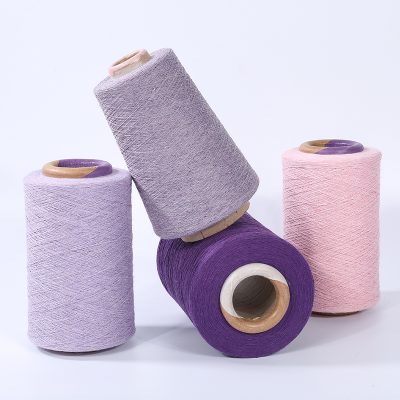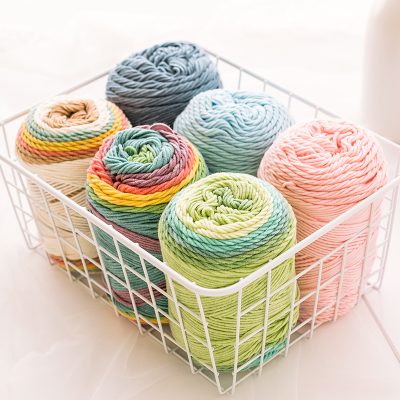Jute yarn is often referred to as “the green thread of the future” due to its eco-friendly and sustainable characteristics. Here are some reasons why jute yarn is considered a promising material in the context of a more sustainable future:
- Biodegradability: Jute is a natural fiber that is biodegradable, meaning it decomposes easily without leaving behind harmful residues or contributing to long-term environmental pollution. This property makes it an excellent alternative to synthetic materials.
- Renewable Resource: Jute is derived from the jute plant, which is a fast-growing and renewable resource. It can be harvested within 4-6 months, making it a highly sustainable choice for textile production.
- Low Environmental Impact: Jute cultivation requires minimal pesticide and fertilizer use compared to other crops. It also helps improve soil quality and reduces soil erosion, contributing positively to agricultural ecosystems.
- Carbon Sequestration: Jute plants absorb a significant amount of carbon dioxide during their growth, helping to mitigate greenhouse gas emissions and combat climate change.
- Versatility: Jute yarn is versatile and can be used for a wide range of applications, from textiles and home decor to packaging materials and industrial products. Its adaptability makes it an attractive option for various industries seeking sustainable alternatives.
- Strength and Durability: Jute fibers are known for their strength and durability, making them suitable for a variety of applications. Jute products can have a long lifespan, reducing the need for frequent replacements.
- Local Economies: Jute cultivation and processing often take place in developing countries, providing employment opportunities and supporting local economies. This can contribute to poverty alleviation and sustainable development.
- Reduced Microplastic Pollution: Unlike synthetic fibers like polyester or nylon, jute does not shed microplastic particles when washed, helping to reduce microplastic pollution in oceans and waterways.
- Energy Efficiency: Jute processing requires less energy compared to some synthetic fibers, further reducing its environmental footprint.
- Diverse Applications: Jute is used in a variety of products, including textiles, home decor, fashion, and packaging materials. Its versatility allows it to replace less sustainable materials in these industries.
- Consumer Demand: As awareness of environmental issues and sustainable living grows, there is an increasing demand for eco-friendly products. Jute yarn and jute-based products align with this demand and offer consumers greener choices.
While jute yarn offers many advantages from an environmental and sustainability standpoint, it is important to note that its adoption and expansion into various industries depend on factors like market demand, technological advancements in processing, and continued support for sustainable agricultural practices. Nonetheless, jute’s potential as “the green thread of the future” is promising and aligns with the global movement toward more sustainable and environmentally friendly materials.
























